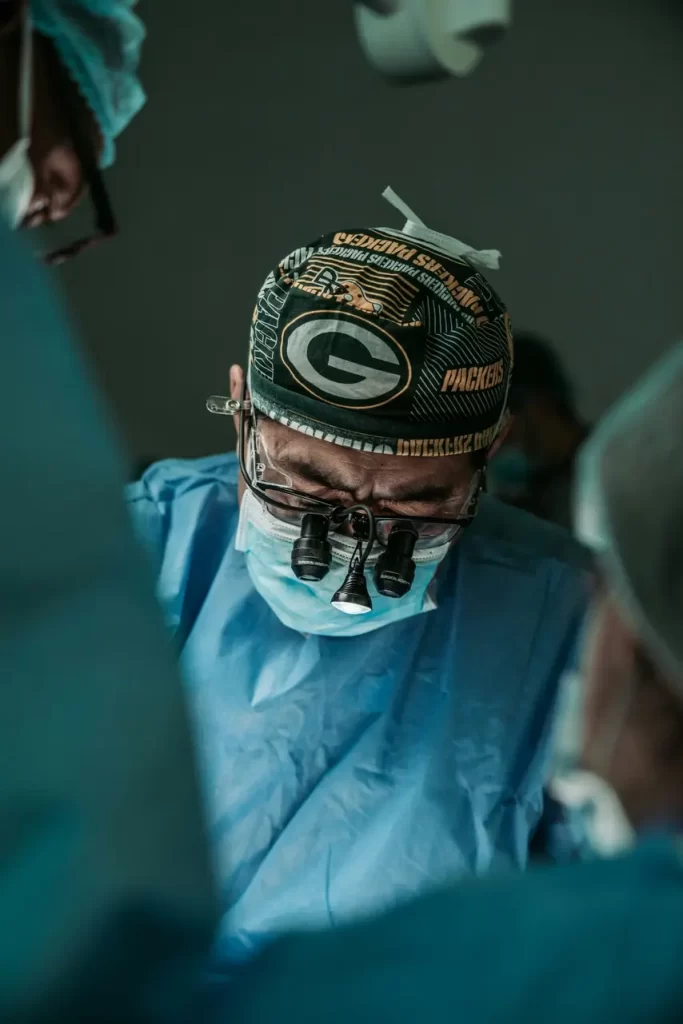Advancements in Implants for Paraplegics: Restoring Mobility and Enhancing Quality of Life
Paraplegia, a condition characterized by paralysis of the lower limbs, profoundly impacts mobility, independence, and quality of life for affected individuals. While traditional treatment approaches focus on rehabilitation and assistive devices, recent advancements in medical technology have led to the development of innovative implants aimed at restoring motor function and enabling paralyzed individuals to regain mobility. This analysis explores the latest breakthroughs in implant technology for paraplegics, including epidural stimulation, exoskeletons, and neural interfaces, and their transformative effects on mobility and quality of life.
Epidural Stimulation
– Mechanism of Action:
Epidural stimulation involves the implantation of electrodes along the spinal cord to deliver electrical impulses that activate dormant neural circuits below the level of injury. By bypassing damaged neural pathways and directly stimulating spinal cord circuits, epidural stimulation facilitates voluntary muscle control and restores motor function in paralyzed individuals.
– Clinical Applications:
Clinical trials have demonstrated the efficacy of epidural stimulation in improving motor function and mobility in individuals with spinal cord injury (SCI). Paraplegic patients who receive epidural stimulation exhibit enhanced muscle strength, voluntary movement, and standing ability, enabling them to perform activities of daily living and participate in rehabilitation programs with greater independence and autonomy.
– Neuroplasticity and Rehabilitation:
Epidural stimulation promotes neuroplasticity and neural reorganization within the injured spinal cord, facilitating motor recovery and functional improvement over time. Combined with intensive physical therapy and rehabilitation, epidural stimulation enhances sensorimotor integration, strengthens residual connections, and promotes adaptive plasticity, leading to sustained gains in motor function and mobility.
Exoskeletons
– Wearable Robotics:
Exoskeletons are wearable robotic devices designed to assist individuals with mobility impairments by providing external support and assistance during walking and standing activities. Powered exoskeletons incorporate motorized joints and sensors that detect user movements and intentions, enabling paraplegic individuals to ambulate with greater stability, balance, and control.
– Functional Restoration:
Exoskeletons offer a non-invasive and user-friendly approach to restoring ambulation and mobility in paraplegics. By augmenting muscle strength, providing weight-bearing support, and facilitating reciprocal gait patterns, exoskeletons enable individuals with SCI to stand up, walk independently, and navigate their environment with confidence and freedom.
– Rehabilitation and Training:
Exoskeletons serve as valuable tools for rehabilitation and gait training, allowing paraplegic patients to engage in repetitive, task-specific movements and exercises that promote motor learning and recovery. By providing real-time feedback and assistance, exoskeletons facilitate neurorehabilitation and functional retraining, helping individuals with SCI improve gait efficiency, endurance, and motor coordination.
Neural Interfaces
– Brain-Machine Interfaces (BMIs):
Neural interfaces, such as brain-machine interfaces (BMIs), establish direct communication between the brain and external devices, enabling individuals with paralysis to control prosthetic limbs, computers, or assistive technologies using neural signals. BMIs decode neural activity from motor cortex areas and translate it into commands that drive device movements or actions.
– Implanted Microelectrodes:
Implanted microelectrodes are surgically implanted into the brain or peripheral nerves to record neural signals and facilitate bidirectional communication between the nervous system and external devices. By detecting motor intentions and generating sensory feedback, implanted electrodes enable intuitive control of prosthetic limbs and robotic systems, restoring functional independence and autonomy to paralyzed individuals.
– Restoring Motor Function:
Neural interfaces hold promise for restoring motor function and enabling naturalistic movements in individuals with paralysis. By bypassing spinal cord lesions and decoding cortical signals, neural interfaces allow for precise, dexterous control of prosthetic devices, facilitating activities such as grasping objects, manipulating tools, and performing complex tasks with skill and precision.
Future Directions
– Multimodal Approaches:
Future developments in implant technology may involve the integration of multiple modalities, such as epidural stimulation combined with exoskeletons or neural interfaces, to enhance the efficacy and versatility of mobility restoration strategies for paraplegic individuals. Multimodal approaches that combine electrical stimulation, robotic assistance, and neural control hold promise for maximizing functional outcomes and improving quality of life for individuals with SCI.
– Long-Term Sustainability:
Continued research efforts are focused on enhancing the long-term sustainability, safety, and reliability of implantable devices for paraplegics. Advances in materials science, wireless communication, and biocompatibility are driving innovations in implant design and fabrication, enabling the development of durable, implantable solutions that integrate seamlessly with the body and provide long-lasting benefits to patients.
Conclusion
Implant technology offers a promising avenue for restoring mobility and enhancing quality of life in individuals with paraplegia. Epidural stimulation, exoskeletons, and neural interfaces represent groundbreaking approaches that leverage advances in neuroscience, robotics, and bioengineering to overcome the limitations of paralysis and empower paralyzed individuals to regain independence, mobility, and participation in daily activities. As research continues to advance and technologies evolve, implantable devices hold the potential to revolutionize rehabilitation and redefine possibilities for individuals living with spinal cord injury.





